
FEATURES OF EFFECTIVE CALCIUM FERTILIZER
Liming is one of the most important practices to ensure good yields. The origin of the raw material, as well as its form and properties, are very important. The effectiveness of liming depends on the form and quality of the lime fertilizer. The most effective are oxide limes, which dissolve most rapidly in soil solution, followed by carbonate limes and dolomites. The basic raw material for the production of lime fertilizers is deposits of limestone or dolomite. They mainly contain calcium carbonate, which assumes different crystallographic structures depending on the age of the deposit. The youngest deposit consists of amorphous calcium carbonate - chalk, while the oldest deposits mainly contain coarse-crystalline calcite.
This is very important because the chemical activity (reactivity) is closely related to the geological age of the limestone raw materials. It ranges from a few percent for limestones and dolomites from the Precambrian period to even 100% for soft rocks from the Cretaceous period. The granulated lime fertilizer produced by Polcalc Calcium Fertilizers Ltd. has equally high reactivity because they are made from limestone raw materials only slightly older than chalk, originating from the Late Jurassic period.
Rocks from older geological formations are usually harder and require more crushing to achieve the required reactivity, which measures the speed of the reaction of lime fertilizer with the soil. Reactivity is expressed as a percentage relative to the activity of freshly precipitated calcium carbonate, which is assumed to be 100%. This indicator is closely related to the degree of raw material fragmentation and increases as it increases.
HOW DOES POLCALC III GENERATION GRANULATED FERTILIZER WORK?
Fertilizers produced by Polcalc Calcium Fertilizers Ltd., namely Polcalc III Generation and SuperMag, are characterized by one hundred percent solubility and reactivity. This is because they are produced from extremely finely ground meals (calcium and calcium-magnesium), with individual grain sizes ranging from 0.001 to 0.1 mm, with 50% of these particles being 0.02 mm in size (Fig. 2, Photo 1).
As demonstrated, the degree of raw material fragmentation affects the increase in the reactivity of lime fertilizer. This was confirmed by earlier observations described by Boguszewski (1980). For example, he showed using light clay - after eighteen months of liming - that as the degree of fragmentation of the lime fraction increased, its chemical reactivity also increased, leading to a significant reduction in the effective fertilizer dose. It is worth noting that greater benefits are obtained by applying lime in winter. Lime does not absorb water as it would in the spring. As a result, the soil is not dried out, allowing plants to germinate and develop more quickly.
Boguszewski (1980) reports that the application of magnesium lime (dolomite) with a particle diameter below 0.4 mm at a rate of 7.5 t CaCO3ˑha-1 worked almost the same as 12.5 t CaCO3ˑha3ˑha-1 of magnesium lime with a particle diameter of 0.4 – 0.8 mm. However, the application of 25 t CaCO3ˑha-1 of magnesium lime with a particle diameter above 2.4 mm proved to be ineffective (Fig. 1). Thus, chemical reactivity is the main but not the only factor determining the size of the effective lime fertilizer dose. Another equally important, factor is neutralization strength (overall alkalinity), which is the ability of a unit mass of fertilizer to neutralize a certain amount of acid. It is expressed as a percentage relative to 1 g of CaO, for which the neutralization strength value is assumed to be 100%.
The overall alkalinity should theoretically be equal to the percentage content of CaO in the fertilizer. However, the actual value of neutralization strength is lower than the percentage content of CaO when part of the lime in the fertilizer occurs in the form of neutral salts, such as CaSO44, or higher when magnesium is present alongside calcium in the fertilizer. This is because magnesium oxide has a 40% greater neutralization strength than calcium oxide.
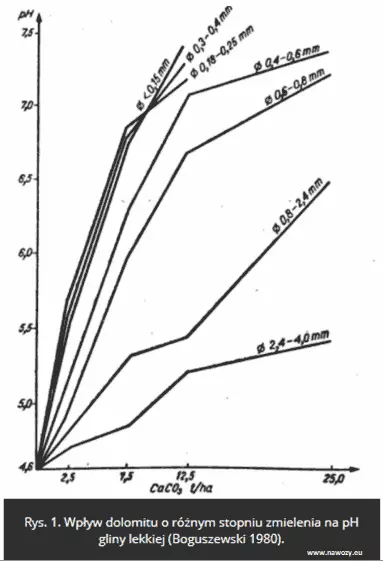
EFFECTIVENESS AND DOSING OF POLCALC III GENERATION FERTILIZER
The neutralization strength of granulated lime fertilizers produced by Polcalc Calcium Fertilizers Ltd. has the following values: Polcalc III Generation - 54.1%, SuperMag - 53.4%. These high values of neutralization strength of our fertilizers, innovative technology of their production, and the previously described degree of limestone meal fragmentation (Fig. 2, Photo 1), which results in 100% reactivity, allow us to state that effective doses of our fertilizers range from 500 to 1000 kgˑha-1 (Tab. 1 and Tab. 2.). The final size of the dose of Polcalc III Generation and SuperMag granulated fertilizers is influenced by: the agronomic category of the soil, the initial pH of the soil, and the species of cultivated plant.
Our company's granulated calcium and calcium-magnesium fertilizers can be used both before sowing and after emergence. Farmers should decide on the choice of lime fertilizer based on current soil sample test results, among others, conducted by OSChR. It should be remembered that for acidic soils with low magnesium content, SuperMagmagnesium lime should be used. This method of fertilization can increase plant resistance and, consequently, yields.
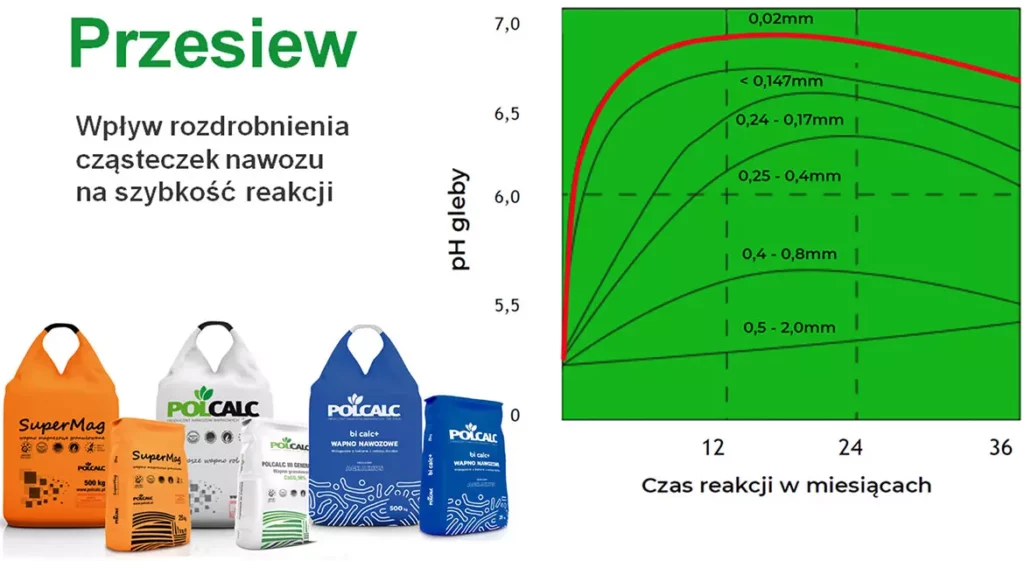
Fig. 2. Influence of grain fragmentation of the raw material used in the production of calcium and calcium-magnesium fertilizer on the rate of soil pH change reaction
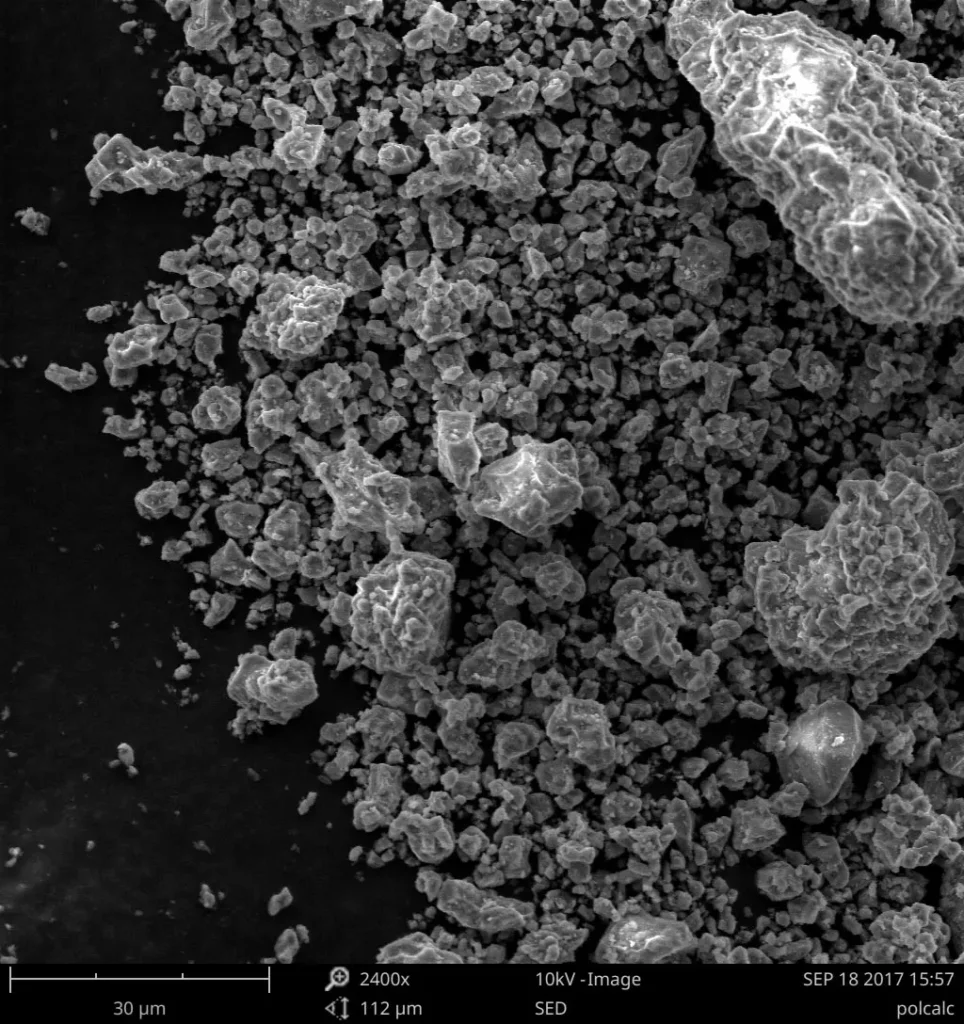
Photo 1. Appearance of the raw material used by Polcalc Calcium Fertilizers Ltd. for the production of granulated calcium fertilizers under an electron microscope
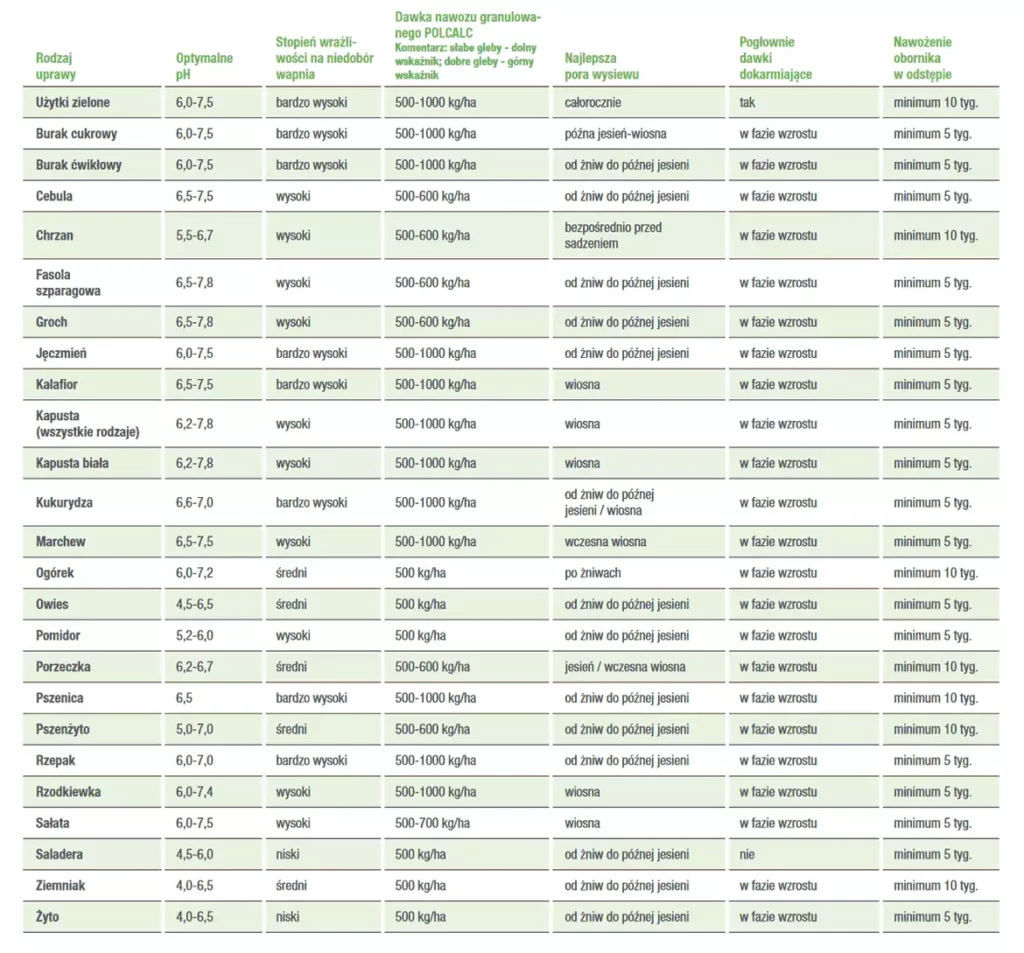
Table 1. Approximate doses of Polcalc III Generation granulated lime and bi calc+
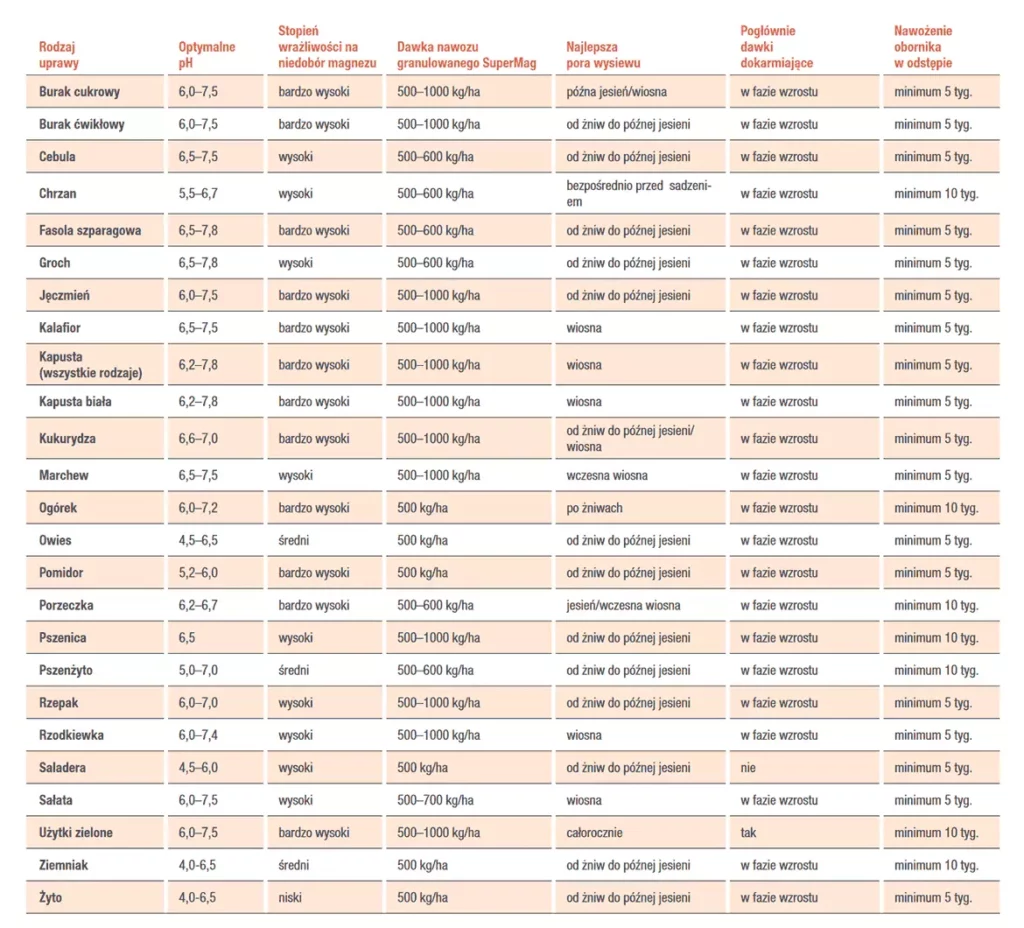
Table 2. Approximate doses of granulated SuperMag magnesium lime
The doses apply exclusively to SuperMag fertilizer and have been developed based on an innovative method of systematic granulated lime fertilization.






